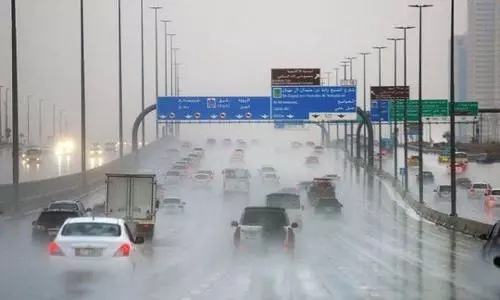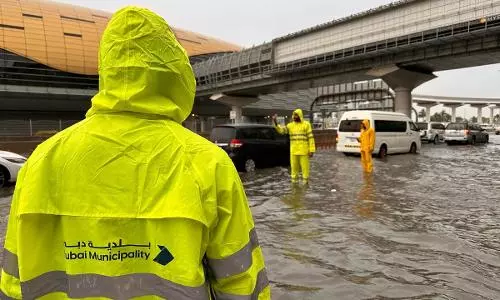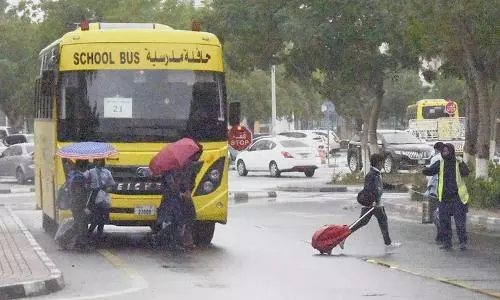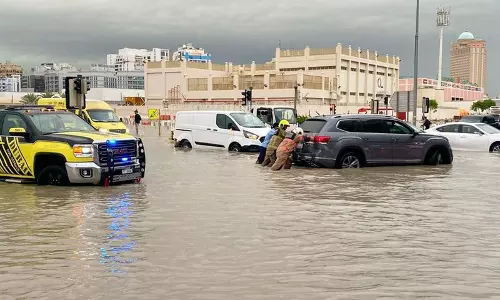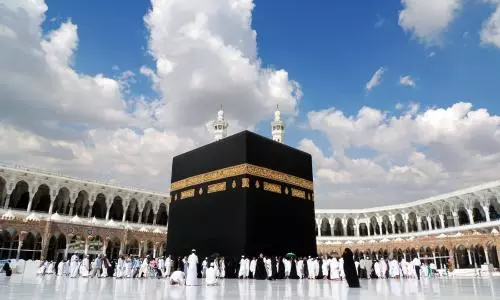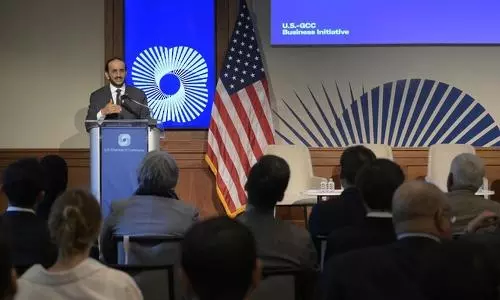
Corruption, Laxity in probes; Crime rate on a hike
text_fieldsWith the crime rates escalating day by day, what is the status quo of the criminal investigations and process of punishments in our country?
Looking back into the past years since 1953, a recently released report says that things are much pitiful. In the six decades up to 2013, India is staggering much behind in crime investigations and punishments. While 51 per cent of the criminals were punished in murder cases in 1953, it has come down to 36.5 per cent in 2013. In abduction cases, the percentage has reduced from 48 to 21.3 per cent and the number of those penalised in robbery cases came down from 47 per cent to 29 per cent. In 2013, only 26.5 per cent of culprits were convicted in rape cases. The investigation agencies and official machineries that should be adopting a stringent attitude towards crimes, are not only neglecting their responsibilities but often functioning in a way sabotaging the judiciary. According to a survey released by anti-graft Transparency International (TI) recently, India has the highest bribery rate with people having to pay bribes for accessing public services. The survey said that the police topped the list by demanding bribe most often; it included the courts as well. It doesn’t mean that corruption have engulfed whole of the law makers and judiciary. The officials probing the cases have a significant role in investigations reaching a dead end or going off beam and in discontinuing the probes halfway, even in high-profile cases. On the other hand, innocents are framed with false cases registered against them often driven by political pressure. The terror of they getting imprisoned for years sucking out their youth and eventually released for want of evidence, is in full swing. Everything happens according to the vested interests of the investigative officers. During the Hashimpura communal massacre in Uttar Pradesh in 1987, the notorious Provincial Armed Constabulary (PAC) personnel of the state police abducted and killed 42 people. Even though the Criminal Investigation Department took over the probe, it took nine long years to submit the charge sheet. The first two FIRs were destroyed. All the sixteen policemen were acquitted of the charges by the court for want of evidence.
At the same time, the Delhi High Court on December 22, 2016, had acquitted Irshad Ali and Maurif Qamar, after eleven years of imprisonment due to lack of evidence. The CBI found that the duo were used as informers by the investigation agencies and were later framed in a false case. Although the CBI submitted a report demanding action against the actual culprits, the judiciary paid no heed. Mohammed Rafiq Shah and Mohammed Hussain Fazili who were charged in the 2005 Delhi serial blasts case, were acquitted after eleven years in jail with the court observing that the investigation agency ‘miserably failed’ to prove the charges. In the wake of such verdicts, it’s natural for scepticisms to be raised regarding the investigations and trials of other terror-related cases in the country. No justifications to convince the otherwise, are seen in most of the cases as well. The cases involving those who spend their lives as undertrials in prisons in different parts of the country are getting delayed indefinitely as they are either not presented before the court or the trial completed, on time. The hope of the innocents to get out of the prisons after the trial, hasn’t so far been, wrong. Doesn’t it plainly prove the extent of laxity with which our probing officers handle even the terrorism-related cases? About 66 per cent of the prison inmates in the country are undertrials. It comes up to 32 per cent of the total undertrials in the world. A country that imprisons innocents will have to face two tragedies.
The original culprits will escape and carry on with the crimes. On the other hand, it will ignite the sentiments of families and well-wishers of the trapped innocents against the government and the official machinery. In India, no compensation is provided for the loss of years to those released years after being falsely framed and no actions are taken against the officials responsible. Therefore, such tragedies continue to occur. The agencies are responsible for the laxity in the investigation process or the probes going off track. The former heads of the CBI that was formed to probe corruption is at present facing corruption charges. When those responsible to uproot the afflictions are themselves afflicted, what cure can be expected?




